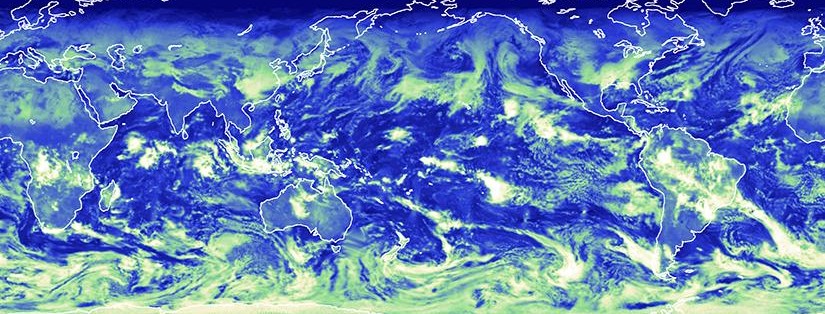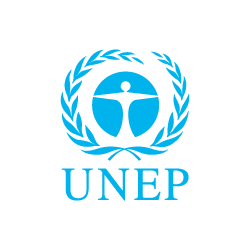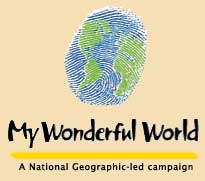Geography and Social Studies - GLOBE Across the Curriculum
Geography and Social Studies

GLOBE strives to facilitate the study of geography and social studies through various scientific literacy programs around the world. Through hands-on mapwork, multicultural interaction, foreign language instruction and lectures on global environmental issues, GLOBE helps strengthen the connections between students in its worldwide network. GLOBE participants also benefit in expanding their view outside of their own national borders to see how global problems are interconnected in complex ways.
To learn more about how GLOBE implements these goals, jump to a section below:
Mapwork

By working with NASA satellite data provided through GLOBE, students experientially learn geography skills by working with latitude and longitude, scale, mapping elements and spatial analysis. They also learn how to implement these skills with satellite-dependent programs, including Geographic Information System (GIS) and Global Positioning System (GPS).
When GLOBE participants combine all these lessons together, they can start mapping their own environments. By observing, classifying, measuring and recording data on identified study sites, GLOBE participants provide valuable information to scientists. Researchers can then use this ground data to check the accuracy of their satellites, verifying measurements such as land cover and terrain. Many GLOBE schools have started community mapping projects, or MUC-a-thons, to classify as much of their local environment as possible.
Tip: To find visualizations of GLOBE data overlaid on a 3D Earth model, visit the NASA WorldWind program.
Physical Geography

GLOBE covers a wide variety of physical geography topics through its protocols and Teacher's Guide. Through learning modules separated by Earth sphere, students can learn more about hydrology, the atmosphere, land cover and soil, and how these different spheres intersect to create a unified system.
To discover where physical geography curricula aligns with GLOBE Teacher's Guide chapters and Earth System Science (ESS) Projects, review this chart:
| School Subject Area | GLOBE Investigation Area | GLOBE ESS Project |
|---|---|---|
| Climatology Weather and climate | Atmosphere and Climate | |
| Hydrology Water cycle Watersheds | Hydrology | Watershed Dynamics |
| Soil | Soil | |
| Land cover | Land Cover/Biology | |
| Ecosystems | Seasons and Biomes |
Social Studies
 |
To create a thorough documentation of the nature and extent of the many ways humans impact our planet, the United Nations Environment Programme created the Atlas of Our Changing Environment project. Using a combination of ground photographs, satellite images and scientifically verified narratives, the program aims to create a visual representation of how humans have altered their surrounding environment over time. These works underscore the importance of developing, harnessing and sharing technologies that help provide deeper understanding of the dynamics of environmental change. Learn more about the Atlas of Our Changing Environment project. |
 |
In pursuit of GLOBE's education goals, it joined the National Geographic-led My Wonderful World coalition in 2006. Through the course of the five-year campaign, the coalition addressed geographic illiteracy by challenging parents and educators to increase the amount of geography resources for students. The campaign website also provided tools for community members to contact their local policy makers and education leaders to emphasize the importance of geographic literacy. |
To continue the spirit of the My Wonderful World coalition, GLOBE encourages all teachers to incorporate activities that promote the multicultural study of science, social studies and geography into their curricula. Teachers who are currently using GLOBE to help accomplish those goals can let our team know!




